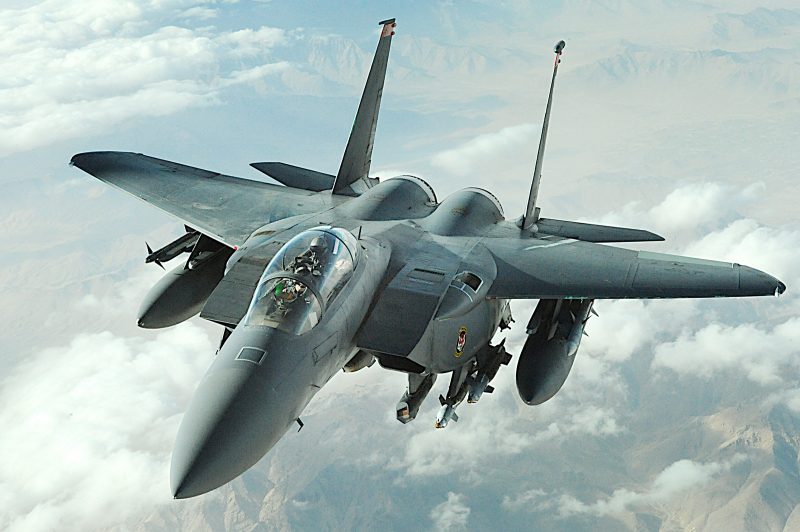War History Online Presents this Video Breakdown of our Five Favorite Fastest Jets!
We start with the F-15 Strike Eagle. This is an American all-weather multirole strike fighter derived from the McDonnell Douglas F-15 Eagle. The F-15E was designed in the 1980s for long-range, high-speed interdiction without relying on escort or electronic warfare aircraft. United States Air Force (USAF) F-15E Strike Eagles can be distinguished from other U.S. Eagle variants by darker aircraft camouflage and conformal fuel tanks mounted along the engine intake ramps.
The Strike Eagle has been deployed for military operations in Iraq, Afghanistan, and Libya, among others. During these operations, the F-15E has carried out deep strikes against high-value targets, combat air patrols, and provided close air support for coalition troops. It has also been exported to several countries.
Next up is the Lockheed SR-17 “Blackbird” which is a long-range, Mach 3+ strategic reconnaissance aircraft that was operated by the United States Air Force. It was developed as a black project from the Lockheed A-12 reconnaissance aircraft in the 1960s by Lockheed and its Skunk Works division. American aerospace engineer Clarence “Kelly” Johnson was responsible for many of the design’s innovative concepts.
During aerial reconnaissance missions, the SR-71 operated at high speeds and altitudes to allow it to outrace threats. If a surface-to-air missile launch was detected, the standard evasive action was simply to accelerate and outfly the missile. The SR-71 was designed with a reduced radar cross-section.
The SR-71 served with the U.S. Air Force from 1964 to 1998. A total of 32 aircraft were built; 12 were lost in accidents and none lost to enemy action. The SR-71 has been given several nicknames, including Blackbird and Habu. It has held the world record for the fastest air-breathing manned aircraft since 1976; this record was previously held by the related Lockheed YF-12.
To find out what other planes made the list, check out our awesome video!
